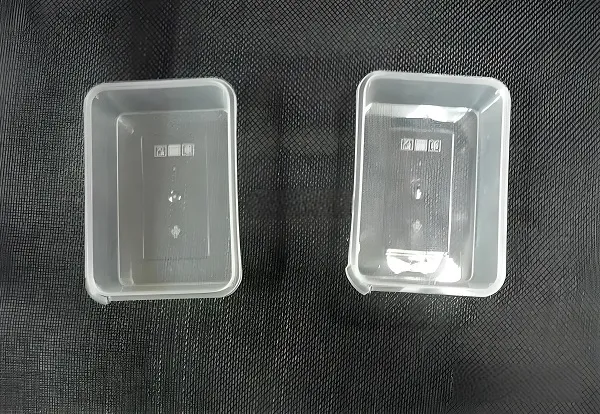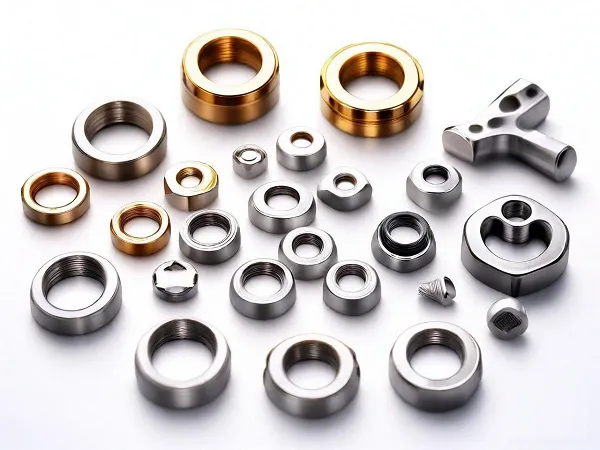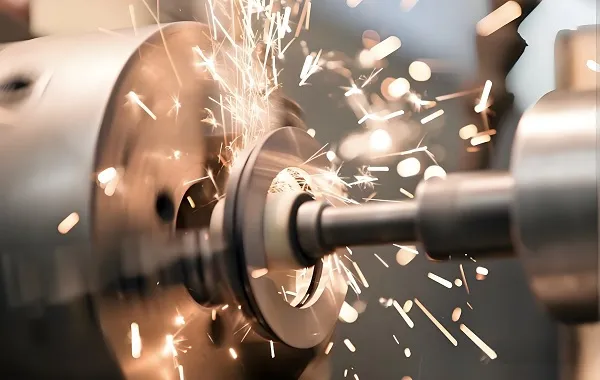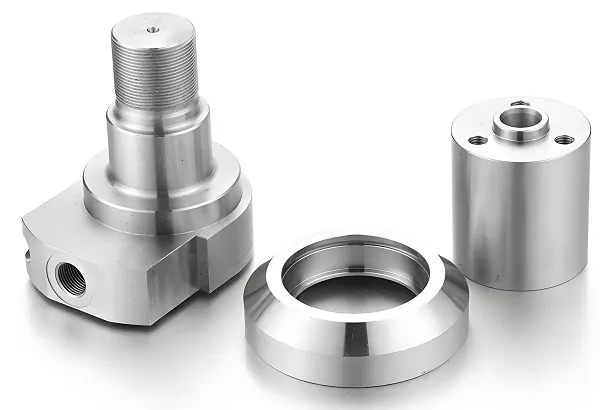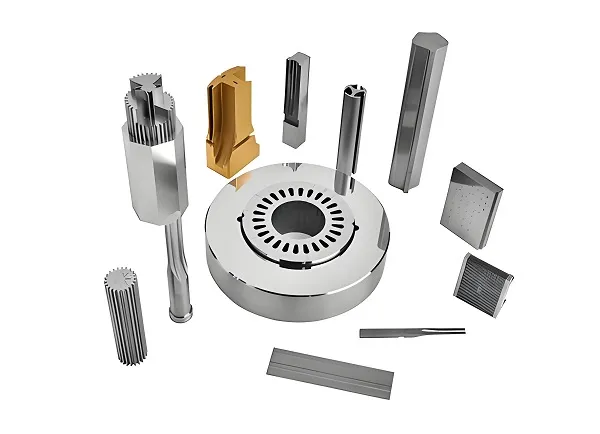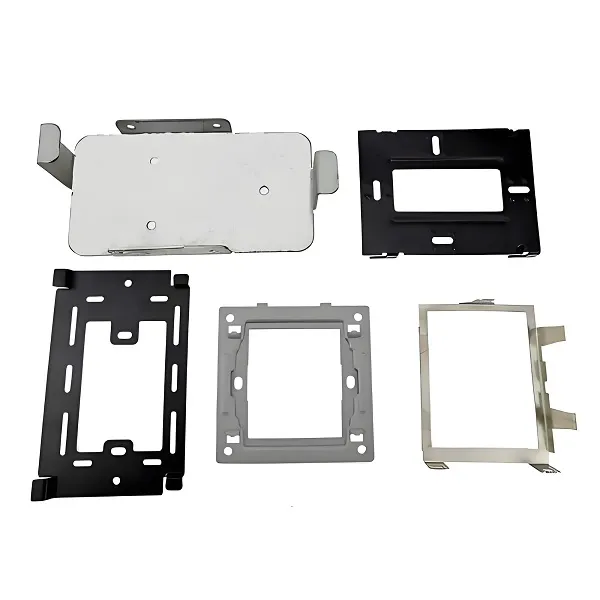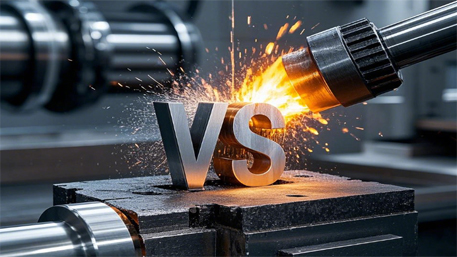
1. Cost Variance Influencing Factors
The cost disparity between CNC machining and forging stems from multiple technical and operational variables:
Material Utilization:
Forging achieves 85-95% material efficiency by reshaping billets , while CNC machining wastes 20-40% as chips, especially in complex geometries . Example: A 10kg titanium aerospace bracket requires 12kg raw material for forging vs. 18kg for CNC.
Tooling & Energy:
Forging demands high initial mold costs (5k−5k−50k) but lower per-unit energy (15-30 kWh/ton at 1,200°C) . CNC avoids mold expenses but consumes 8-12 kW/hr during high-speed milling of hardened steels.
Labor & Scale:
Forging thrives in mass production (breakeven at 500+ units) with 60% lower labor costs post-investment . CNC suits prototypes/low volumes but incurs 3x higher hourly machining rates (120−120−250/hr) .
2. Fatigue Resistance in Process Selection
Material fatigue behavior critically dictates manufacturing choices:
Forging Superiority:
Continuous grain flow in forged parts (e.g., crankshafts) increases fatigue life by 30-50% versus CNC-machined equivalents. Forged aluminum suspension arms withstand 1M+ load cycles vs. CNC’s 600k cycles.
CNC Limitations:
Machining-induced stress concentrations (tool marks, sharp corners) reduce fatigue strength by 15-25%. Critical for cyclic-load components like aircraft landing gear.
Hybrid Solutions:
Forged preforms + CNC finish machining balance cost and performance—common in turbine blades requiring<5μm surface=”” roughness=”” and=””>10^7 fatigue cycles.
3. Forging’s Extreme Environment Dominance
Forged components excel in harsh conditions due to:
Grain Structure Integrity:
Directional grain alignment from hot forging (1,100-1,300°C) enhances creep resistance at 400°C+ environments. Forged Inconel 718 retains 90% yield strength at 650°C vs. CNC’s 70% .
Defect Elimination:
Forging reduces porosity by 95% compared to cast/CNC-machined parts, critical for high-pressure oil/gas valves (rated 15,000 psi+) .
Corrosion Defense:
Closed-grain surfaces from die forging enable superior anti-corrosion coatings. Marine propeller shafts show 3x longer saltwater service life vs. CNC alternatives .
Professional Recommendation
Choose Forging for: High-volume, fatigue-critical, or extreme-condition components (e.g., engine blocks, drilling tools).
Opt for CNC when: Prototyping, complex geometries, or tight tolerances (±0.025mm) outweigh fatigue/strength priorities.
Hybridize strategically: Combine forging’s structural benefits with CNC’s precision for mission-critical assemblies.
Data-driven selection minimizes lifecycle costs while ensuring performance—always validate via FEA simulation and material certification 35.

